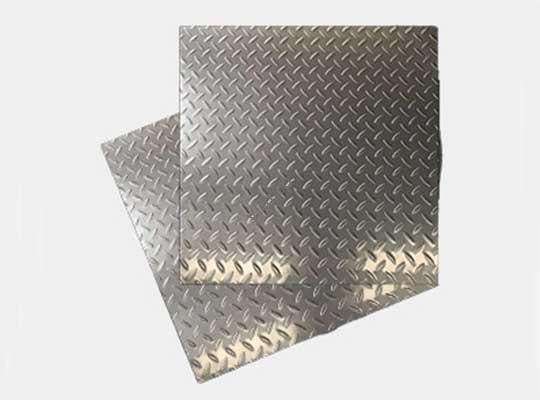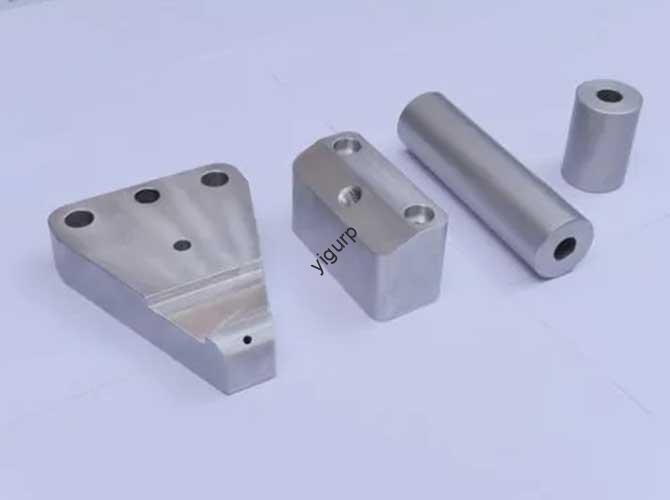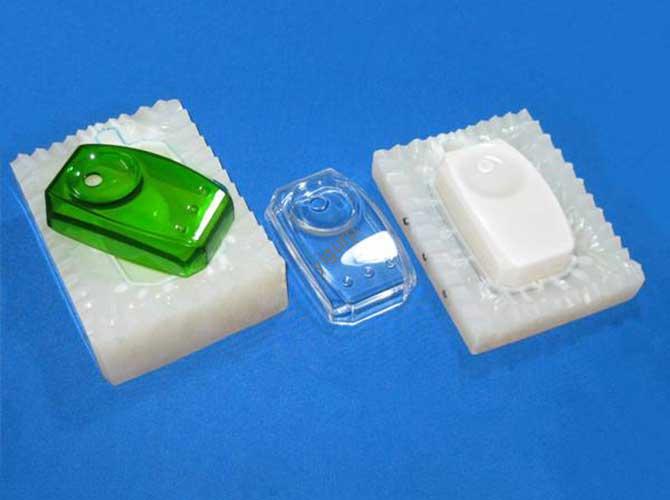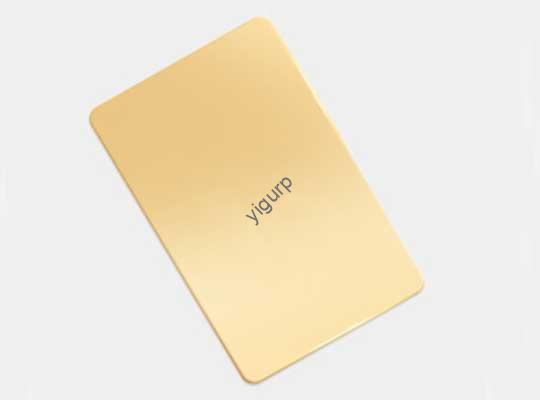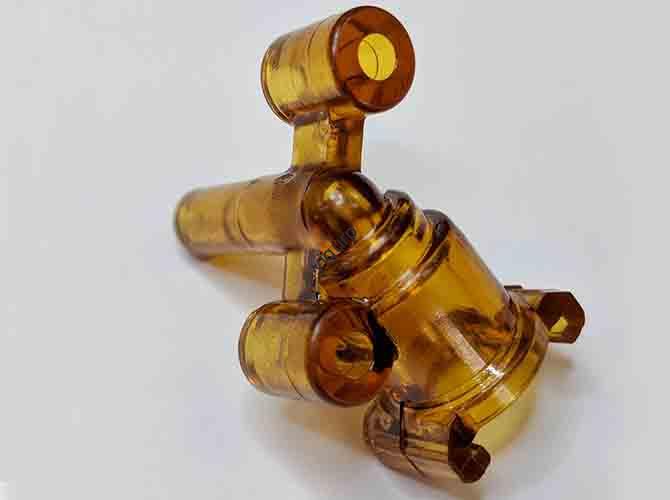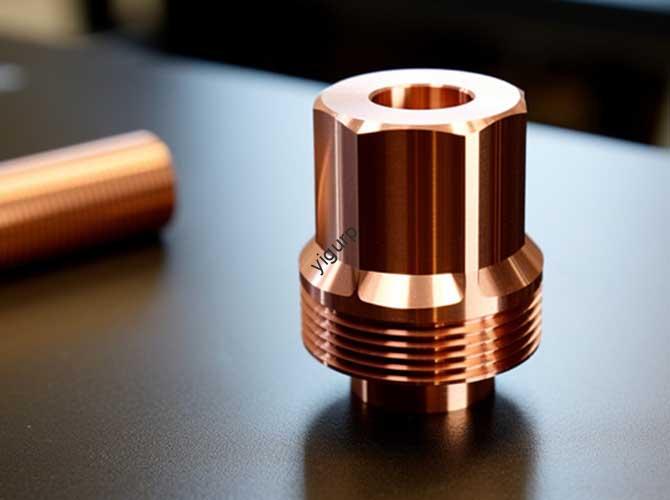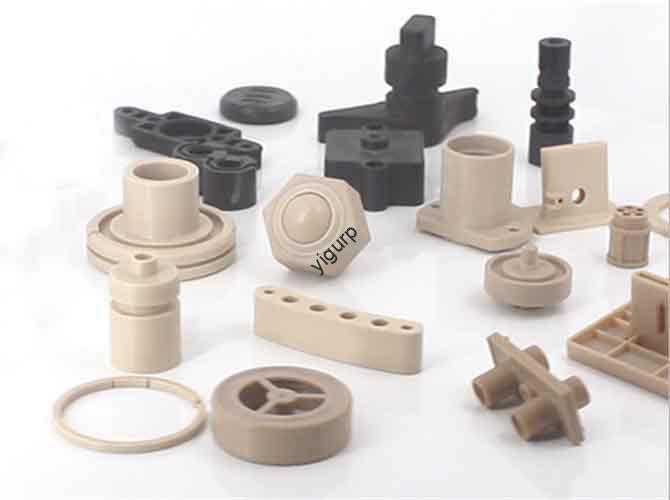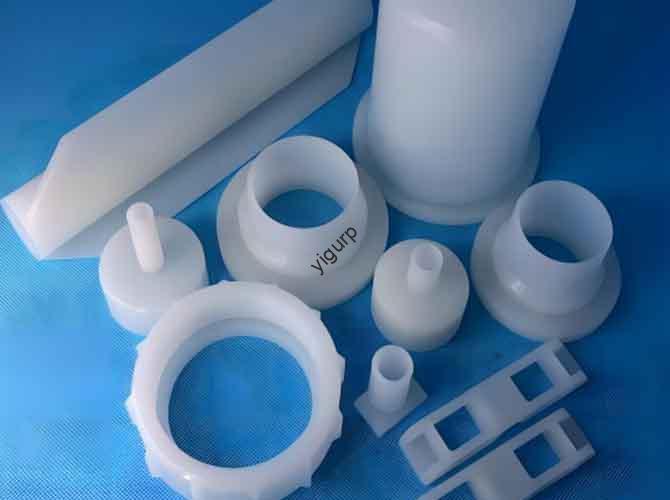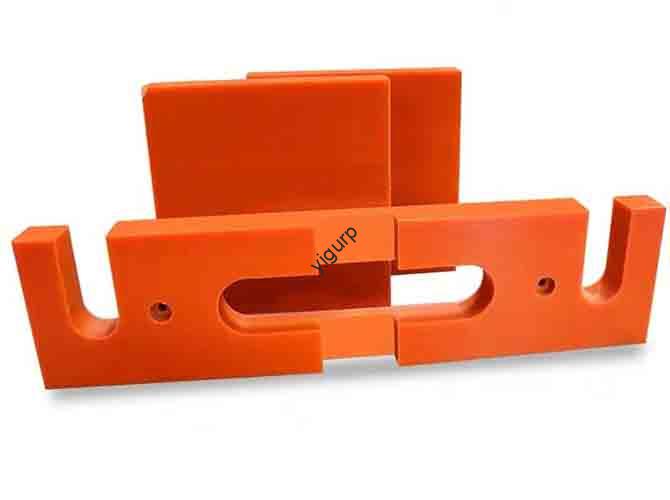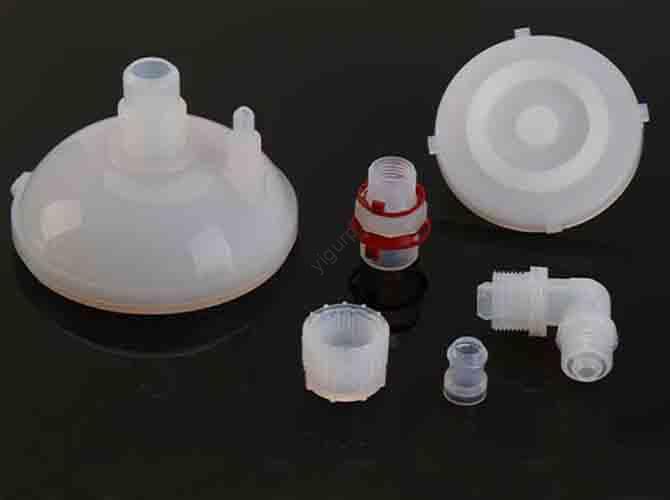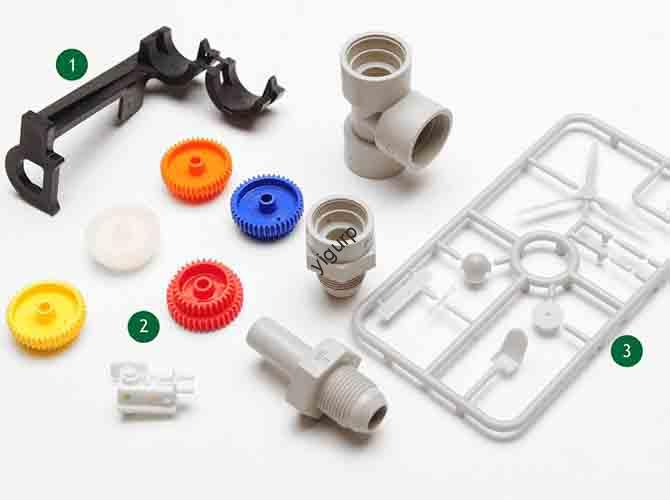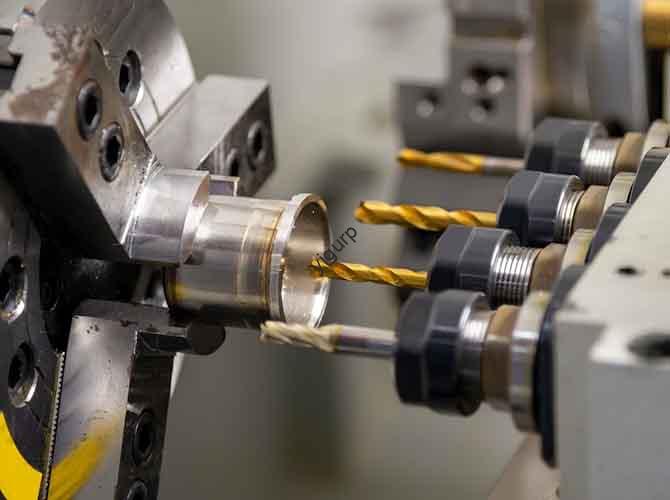The Unmatched Advantages of CNC Machining Prototype Customization for Modern Product Development
In the fast-paced world of product development, where innovation and efficiency are paramount, CNC machining prototype customization has emerged as a game-changer. This advanced manufacturing technique offers a plethora of benefits that cater to the diverse needs of engineers, designers, and businesses alike. Whether you’re working on a groundbreaking new product or refining an existing […]
